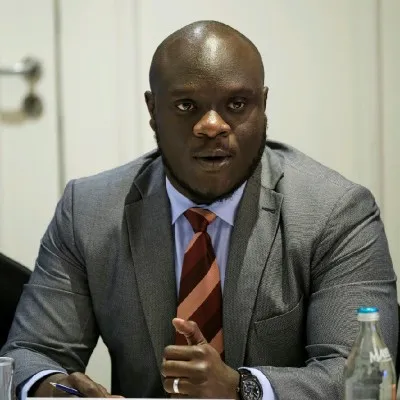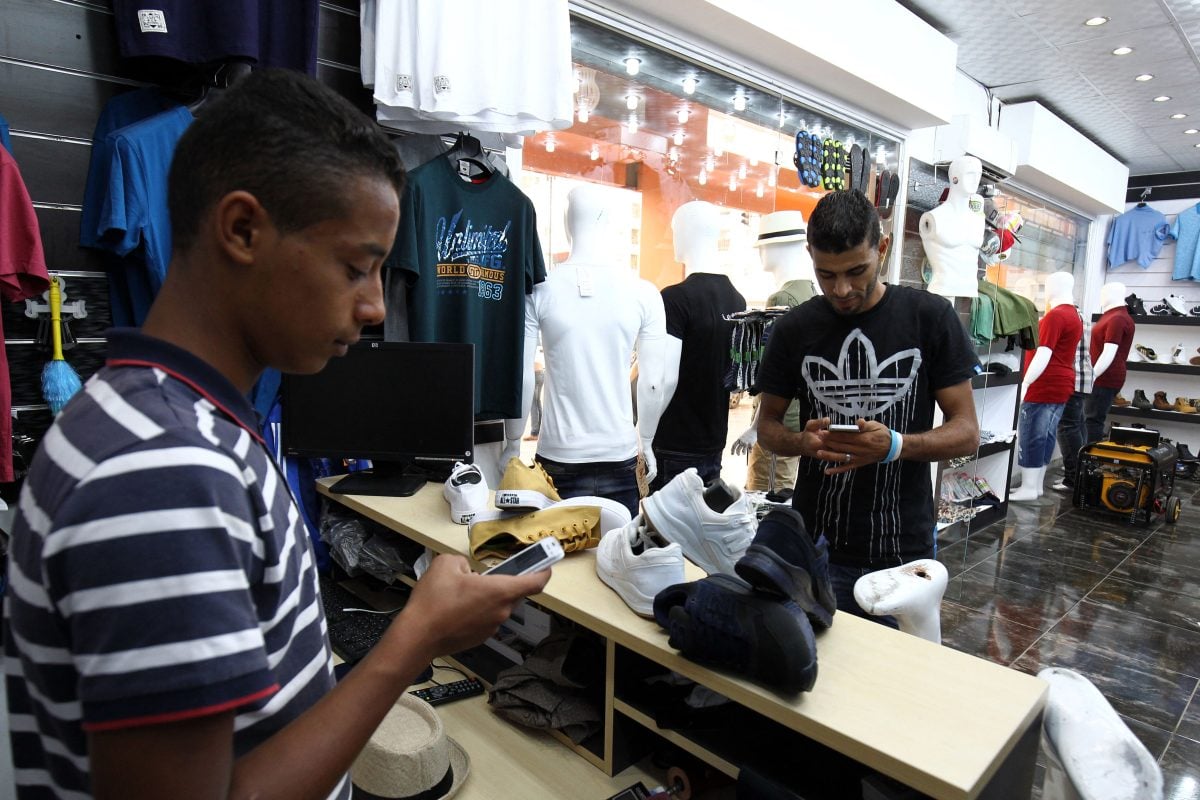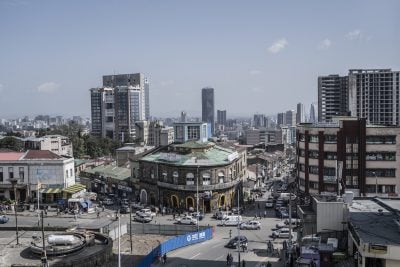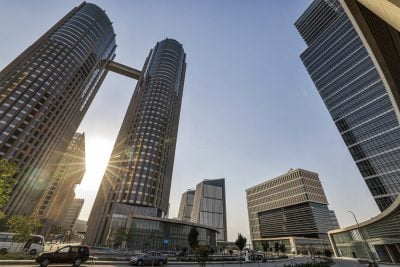Hightech Payment Systems (HPS) is gearing up for a period of intense expansion that could see it potentially acquire smaller rivals as it eyes a bigger slice of the international payments market. The Moroccan financial technology firm, which offers its flagship powerCARD payment solution to more than 500 institutions in 95 countries, is seeking to grow its annual revenues to between $220m and $300m by 2027.
Abdeslam Alaoui Smaili, HPS CEO and co-founder, tells African Business that the firm is on track to meet these ambitious goals, pointing to the past year’s results. In 2024, the company reported revenues of 1.267bn Moroccan dirham ($140m), a 6.4% year-on-year increase. “We’re halfway there,” he says, adding that “about 10% to 15% of future revenue growth will come from organic strategies and another 10% to 15% through acquisitions that make sense.”
Last year, the firm bought Dublin-based CR2, a digital banking and payment software developer, for an undisclosed amount. According to the firm’s investor presentation, the acquisition of CR2 is anticipated to contribute €30M in revenues in 2025. The deal also gives HPS access to a client portfolio, including three new global top 100 banks.
Actively seeking acquisitions
On the back of the CR2 acquisition, Smaili says the firm is actively seeking new deals.
“We have a team looking at different targets around the globe. They follow three rules when assessing opportunities. The first one is: can we get the technology faster if we acquire another company than if we build it ourselves?”
The second principle, he says, is that the acquisition target should offer access to a new segment of customers where the firm can benefit from expanded reach. “Today we’re working with banks and processors, areas where we’re traditionally strong,” he explains. “We’re also working with retailers, e-gov, and telcos,” he adds, describing these customer segments as areas where the firm needs to “gain more traction” – potentially through acquisitions.
“The third thing the team looks at is geographical presence. Lately we have invested a lot in new geographies,” he says, citing the firm’s foray into Australia and Canada, as well as expansion in key Asian markets like India.
Nearly half of HPS’s revenue comes from Africa, followed by Europe and the Middle East. HPS expanded to Australia last year and to Canada in 2023. As of 2022, 7% of the firm’s revenue was generated in the Americas and 9% in Asia. The firm is aiming for each of these regions to contribute at least 15% to group revenues by 2027.
Asked how the firm will finance its future acquisitions, Smaili says all options are currently on the table. It can use cash from its reserves, issue shares, tap debt, or pursue a combination of all three, he says. “It will all depend on the acquisition in consideration.”
The CR2 acquisition was financed primarily by bank debt, HPS’s investor presentation shows. The company has in recent years become more involved in acquisitions compared with past periods. In 2021, HPS completed the takeover of ICPS, a payment switching and card management services company. That same year it also closed the acquisition of IPRC, a provider of remote management of electronic payment systems. The last acquisition before this was in 2010 when it took over ACPQualife, a provider of software testing and qualification services.
Organic growth boosted by new revenue model
Shifting the conversation to how HPS is pursuing organic growth, Smaili argues that a recent change to the company’s business model has resulted in stronger revenue growth.
“Our revenue model was previously based on the number of cards, mobiles or merchants signed on, but we have shifted to a SaaS (software-as-a-service) model that enables us to monetise usage,” he says.
“The more the platform is used the more revenue we get,” he explains.
“Before, we were selling a license and the product was operated by the customer; now the customers are telling us: ‘I don’t want to get involved in the technology side, or on security and compliance issues. Please run it for me.’ So we are actually having more revenue from these customers because we are running it for them.”
To maximise the potential of its SaaS platform, HPS is investing in cloud data centres in key growth markets, including the US, where it finalised a cloud data centre in 2024. Another cloud data centre is currently being set up in Australia.
The company utilises classic data centres in Africa, Middle East, and Europe, and hybrid ones in South-East Asia. Cloud data centres, unlike classic ones that require heavy up-front investments, allow firms to benefit from the pay-as-you-go model, which ultimately makes for a more efficient and scalable business.
Discussing the technologies most likely to drive future growth in the payments industry, he singles out the use of blockchain by central banks to develop central bank digital currencies (CBDCs) as a major opportunity. “This is a great opportunity, because CBDCs will reduce cash, and therefore will increase the number of digital transactions.
“We believe that this is a great opportunity for HPS to support the transition from cash to CBDCs,” he says, adding that “we are not focused on the CBDC management, but rather on the transaction management.”
Hiring locals
Building trust with customers, regulators and other stakeholders is key to the success of HPS’s growth ambitions, Smaili emphasises. Trust, he believes, is built by ensuring strong local representation in business teams in the different markets the firm operates in.
“We believe diversity is a strength. In each place that we build, we hire local people who will understand what is built, the needs of the market, and the unsaid things in meetings. So our challenge is to make sure that we are able to continue this proximity with our customers, this warmth of the relationship, which is at the end an issue of trust,” he says.
The group, which he co-founded alongside two partners in 1995, now has about 1,500 employees and offices in 13 countries. The question will be whether the firm can execute its latest growth strategy – especially the acquisitions – without overloading its balance sheet with debt.
The firm closed 2024 with 244.59m Moroccan dirham ($26.8m) of cash, compared with 211.04 dirham ($23.2m) of cash the previous year. Debt on the other hand surged from 116.15 dirham ($12.7m) in 2023 to 585.12m dirham ($64.2m) in 2024, partly reflecting the impact of the debt-financed acquisition of CR2 on the company.
Want to continue reading? Subscribe today.
You've read all your free articles for this month! Subscribe now to enjoy full access to our content.
Digital Monthly
£8.00 / month
Receive full unlimited access to our articles, opinions, podcasts and more.
Digital Yearly
£70.00 / year
Our best value offer - save £26 and gain access to all of our digital content for an entire year!

 Sign in with Google
Sign in with Google 



